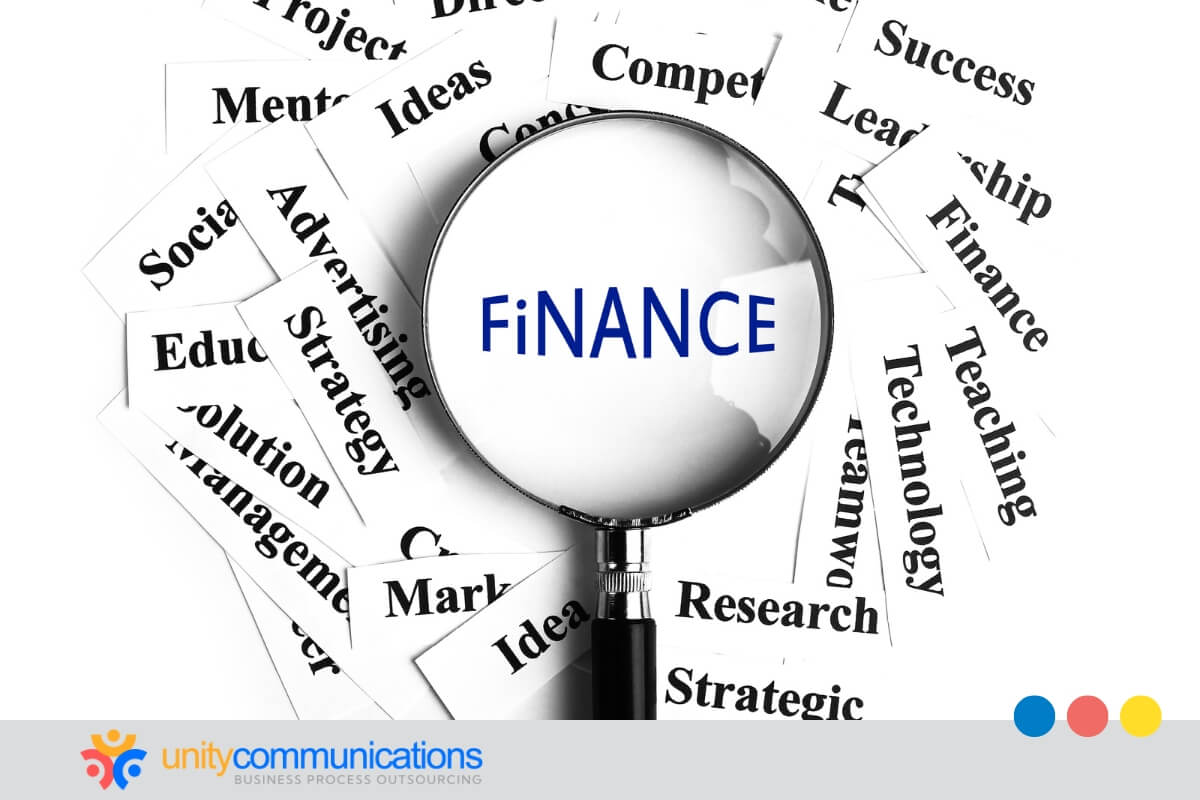Table of Contents
Artificial intelligence (AI) has rapidly transitioned from research labs to everyday business tools. But with endless buzzwords flooding the market, distinguishing genuine breakthroughs from marketing hype has become increasingly complex.
Enter autonomous AI, a technology that’s reshaping how organizations operate. Unlike traditional AI that requires constant human oversight, autonomous AI systems can perceive, reason, plan, and act independently.
This guide cuts through the complexity to deliver what business leaders need: a clear understanding of the technology, its core components, and actionable applications for your organization. It explains what autonomous AI is, how it works, and where it adds value.
What is autonomous AI?

At its most basic, autonomous AI is an artificial intelligence system that can function with minimal or no direct human control. When people ask what autonomous AI is, the best answer is that it’s a system that can:
- Perceive its environment.
- Reason about what is happening.
- Plan the next steps.
- Execute actions in real time.
Unlike traditional software that only follows pre-programmed rules, autonomous AI systems adapt to changing conditions and learn from experience. Think of the difference between a spreadsheet macro (rigid and rule-bound) and a warehouse robot that reroutes itself when met with a blocked aisle.
This distinction is crucial because businesses are increasingly requiring systems that can handle unpredictable environments. They influence customer behavior, manage supply chain disruptions, and address new cyber threats. Autonomous AI provides a framework for resilience, speed, and scale.
OpenAI’s Code Interpreter, built into GPT-4, already serves 2.5 million users and grows at a rate of 19% quarterly. This demonstrates the rapid transition of autonomous AI from an experimental tool to an essential business capability.
An autonomous AI agent handles complex analysis and execution independently, a clear proof that the technology is rapidly moving into mainstream business use.
Key functional characteristics and capabilities
When exploring what autonomous AI is, it’s essential to identify the traits that make it fundamentally different from ordinary AI. Traditional AI systems wait for a clear command, follow predefined rules, and require frequent human input to stay on track.
By contrast, autonomous AI doesn’t just respond to instructions. It acts in ways that mirror human-like initiative. To understand this better, it helps to step back and ask what an AI agent is.
In simple terms, an AI agent is a system that can perceive its environment, process information, and take action to achieve a goal. It can operate with minimal oversight, continuously adapting and learning from its environment. For example, a basic chatbot might respond to questions based on a predefined script.
Autonomous AI is essentially the next level of this concept. Its agent can recognize context, predict user needs, and adjust responses without being explicitly told what to do. In industries where speed, scale, and adaptability are critical, this difference is transformative. Key functional characteristics that set autonomous AI apart include:
- Self-direction. The system identifies goals and performs tasks without requiring constant prompts.
- Real-time decision-making. It processes information and adapts instantly.
- Unlimited scalability. Once deployed, it can handle massive workloads far beyond human capacity.
- Multi-modal input handling. It can work with text, images, audio, sensor data, and more.
These capabilities enable use cases that require autonomy, speed, and contextual understanding. For example:
- Finance. Autonomous AI detects fraud in real time, flagging suspicious transactions the moment they occur.
- Retail. Autonomous AI continuously manages inventory, adjusting stock levels and promotions in response to shifting demand.
- Manufacturing. Autonomous AI powers robots that monitor production and reconfigure workflows to prevent downtime.
Each of these scenarios demonstrates why defining what autonomous AI is requires looking at how it acts, not just how it “thinks.”
How autonomous is it? Levels of independence

One of the most practical ways to understand autonomous AI is to examine its independence compared to earlier forms of AI.
Traditional AI systems often operate like sophisticated calculators. Before acting, they need constant data inputs, rule updates, and human approval. This heavy reliance on people limits their usefulness in fast-moving environments.
In fact, a recent survey shows that 82% of business leaders are confident they’ll use digital labor to expand workforce capacity in the next 12–18 months. This growing confidence underscores the shift toward systems that can operate with greater autonomy, reducing the bottlenecks created by manual oversight.
Below are the three key levels of AI independence:
- Traditional AI is highly dependent on humans for data inputs, parameters, and approval of outputs.
- Semi-autonomous AI requires human oversight but can execute specific tasks independently.
- Fully autonomous AI operates independently within boundaries, continuously making and acting on decisions.
For businesses, this translates into clear benefits. Customer service bots, for instance, no longer need an agent to approve every reply. They can resolve routine questions instantly. Logistics systems can reroute deliveries without waiting for a manager.
However, full autonomy doesn’t mean zero oversight. Humans remain responsible for ethics, compliance, and high-level goals.
You can achieve balance when you let autonomous AI manage repetitive, operational tasks, while your team focuses on strategy and governance. This nuanced independence distinguishes AI agents from autonomous AI agents and basic machine learning.
Core components of autonomous AI architecture
Understanding what autonomous AI is also means breaking it down into its four essential components. These elements work together in a continuous loop, allowing AI to function in ways that resemble human decision-making. Without them, genuine autonomy would not be possible.
Below are the four core pillars of autonomous AI and how they work in practice:
1. Perception
Perception is the foundation of autonomous AI. It involves gathering and interpreting inputs from the environment, whether through sensors, images, audio, or text.
Just as humans rely on their senses to understand their surroundings, autonomous AI systems utilize computer vision, natural language processing, and IoT integrations to construct a comprehensive picture of the world.
Consider these examples:
- Healthcare. AI analyzes scans and detects abnormalities.
- Business process outsourcing (BPO). AI reviews interactions, flags sentiment, and routes cases.
- Logistics. AI enables drones to recognize and avoid obstacles.
- Customer service. AI interprets sentiment in conversations.
Perception transforms raw signals into reliable context and sets the stage for every subsequent decision. Get it right, and reasoning, planning, and execution improve. If you get it wrong, the whole system suffers.
2. Reasoning
Once the system perceives information, it must reason about what that data means. Reasoning involves evaluating options, identifying patterns, and drawing conclusions. This step transforms raw data into actionable insights.
- Financial trading AIs use reasoning to detect market anomalies.
- Cybersecurity systems reason about unusual network activity to flag potential breaches.
- Retail recommendation engines analyze a customer’s purchase history and behavior to suggest the most suitable products.
Reasoning turns context into defensible judgments and next-step options. Strong reasoning balances goals, constraints, and uncertainty so fewer mistakes flow downstream.
3. Planning
Planning is where strategy comes into play. Autonomous AI uses its reasoning to chart a course of action, designing steps to achieve a specific goal while accounting for constraints such as time, resources, and risk.
Planning ensures that actions align with broader objectives. For instance:
- A self-driving car plans the safest, most efficient route.
- A supply chain system plans inventory replenishment before shortages occur.
- A marketing AI plans campaign adjustments to maximize returns.
Planning translates goals into ordered, measurable steps with clear tools and a defined timeline. Good plans adapt to real-time signals. Brittle plans create delays and rework.
4. Execution
Execution is where autonomous AI moves from thought to action. It carries out the planned steps, monitors outcomes, and adapts in real time if conditions change. Execution is also closely tied to feedback loops. Results inform the next cycle of perception, reasoning, and planning.
Here are a few examples:
- Robots execute tasks on assembly lines with precision.
- AI-driven assistants send personalized emails at scale.
- Automated financial platforms execute trades instantly in response to market signals.
Execution converts plans into outcomes and feeds results back into the loop. Instrumentation, guardrails, and rollback paths keep autonomous actions fast, safe, and accountable.
What makes these components powerful is their individual function and integration into a closed feedback loop. Autonomous AI perceives, reasons, plans, and executes continuously, learning from every cycle and improving performance over time.
Much like how outsourcing works, each part plays a role in a coordinated flow, but AI completes the cycle seamlessly and at machine speed.
Continuous learning and adaptive improvement mechanisms
One of the most significant advantages of autonomous AI is its ability to continually improve over time. Instead of being static, these systems adapt to machine learning techniques through:
- Reinforcement learning. The AI learns by trial and error, receiving feedback to refine its actions.
- Transfer learning. It applies knowledge from one context to another.
- Online learning. It updates its models in real time as new data arrives.
This means autonomous AI improves with age. For example:
- In healthcare, diagnostic AI continues to improve as it processes more medical images.
- In cybersecurity, systems recognize emerging threats faster after exposure.
- In marketing, autonomous AI fine-tunes personalization models for greater engagement.
This continuous learning is why the answer to what autonomous AI is must emphasize adaptability. You don’t gain efficiency overnight. You build an asset that compounds value with every interaction.
Real-world examples and practical applications

Theory only goes so far. You also want to know what autonomous AI is in real-world practice. One way to frame this is by examining the types of AI agents today.
Some are reactive, responding only to stimuli. Others are deliberative, reasoning about goals before acting. The most advanced are hybrid or autonomous agents, capable of blending perception, reasoning, planning, and execution with little oversight.
The growth trajectory is clear. Gartner predicts that by 2028, at least 15% of daily work decisions will be made autonomously through agentic AI, up from virtually zero in 2024. This shift signals that autonomous decision-making is rapidly moving from experimental pilots to mainstream business operations.
Here are several examples across industries:
- Transportation. Self-driving cars, delivery drones, and autonomous ships navigate safely with minimal oversight.
- Finance. Algorithmic trading platforms adjust strategies in real time to market fluctuations.
- Retail and e-commerce. Autonomous AI manages dynamic pricing, stock replenishment, and personalized customer journeys.
- Healthcare. Diagnostic assistants analyze scans and suggest treatments without waiting for manual input.
- Customer experience. Chatbots resolve complex questions, escalate only when necessary, and maintain context across channels.
These aren’t futuristic prototypes. They’re working applications today. Companies that adopt autonomous AI early are already reaping benefits, including reduced costs, faster decision cycles, and improved customer satisfaction.
Understanding what autonomous AI is in this context means seeing it not as an experiment, but as a strategic business tool ready for deployment.
The bottom line
So, what is autonomous AI in plain terms? It is the next evolution of artificial intelligence. It’s a system that perceives, reasons, plans, executes, and adapts while minimizing reliance on humans for every decision.
By combining independence with continuous learning, autonomous AI has the power to transform industries. It enables businesses to respond faster, scale smarter, and focus human talent on creativity and strategy rather than repetitive tasks.
For forward-thinking leaders, the takeaway is simple: autonomous AI is no longer a futuristic curiosity. It’s a present-day advantage waiting to be harnessed.
Curious how autonomy could streamline operations or customer support? Our hybrid human-AI approach reduces costs and accelerates outcomes. Let’s connect.




